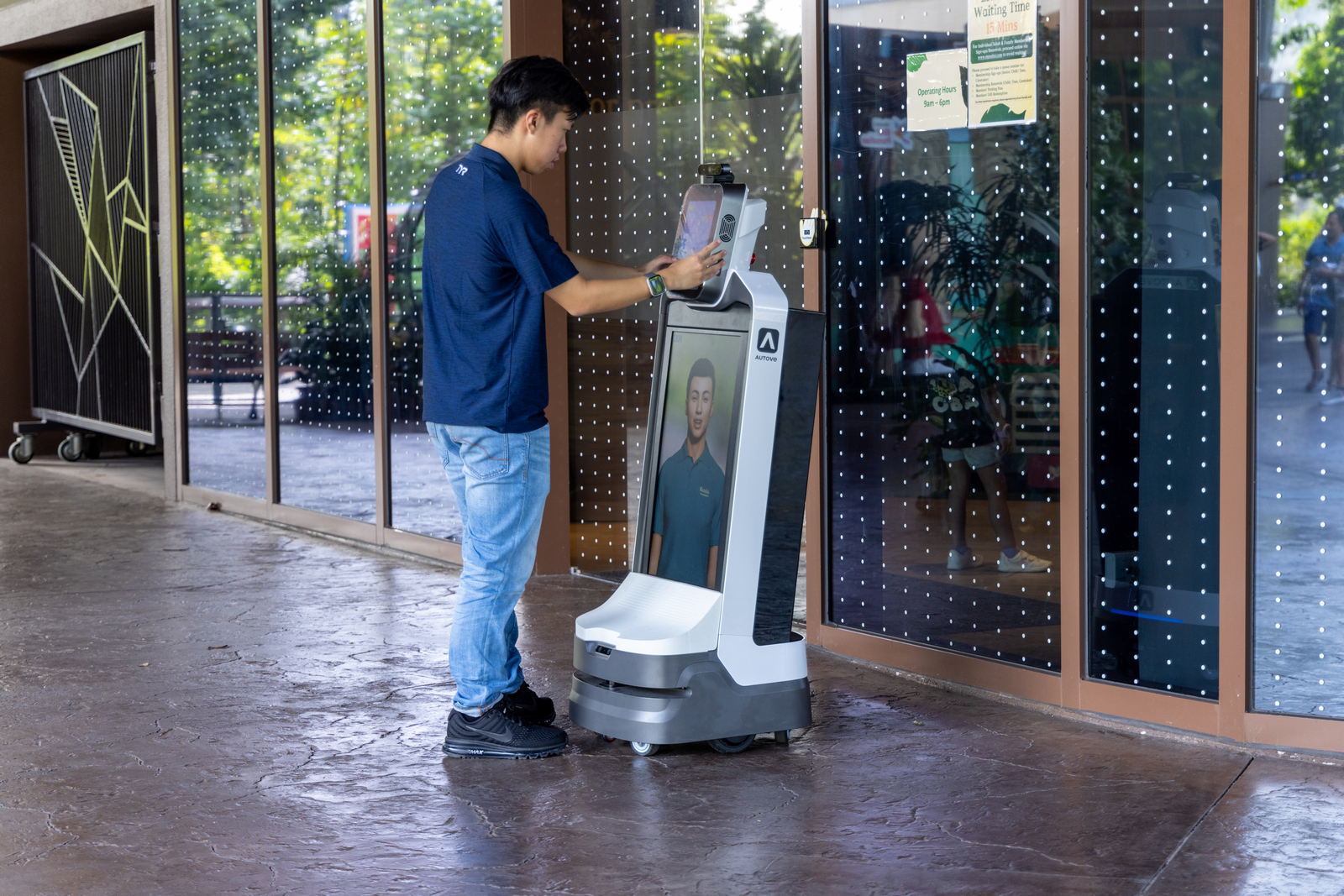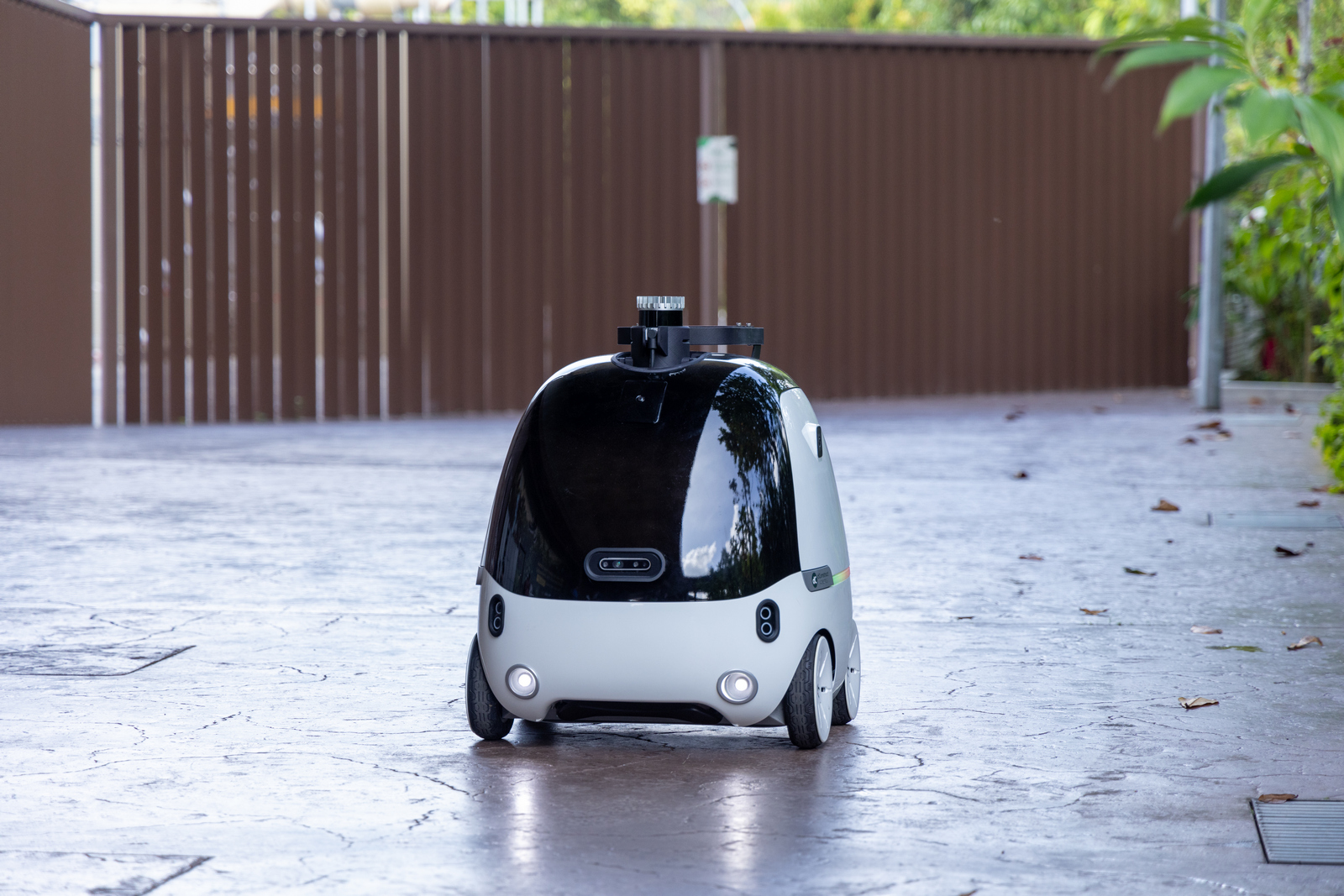Mandai Wildlife Reserve will introduce a new kind of “wildlife” to its grounds—not animals, but Autonomous Mobile Robots (AMRs)—from April next year.
These concierge, surveillance, and delivery robots are part of a groundbreaking living lab pilot to create a smarter, more efficient, and more delightful experience for guests and staff alike.
A tele-operations system will allow seamless remote management of these robots, marking Mandai’s transformation into a smart precinct where technology and nature co-exist.
The pilot will assess the capabilities of the robots as well as gather insights that will help engineers and developers refine the technology for large-scale adoption across industries in Singapore.
This living lab project is aimed at establishing the wildlife reserve as a smart precinct where technology and nature co-exist to enhance visitor experience and operational efficiency.
This project, led by the Infocomm Media Development Authority (IMDA) in collaboration with the Mandai Wildlife Group (MWG), spans iconic parks such as Bird Paradise, Night Safari, Singapore Zoo, and River Wonders.
Unlike traditional robots built for controlled environments, these robots are toughened for Singapore’s unpredictable weather and for Mandai Wildlife’s rugged terrain. They are equipped with custom wheels and weather-resistant casings. Each robot plays a unique role.
Concierge robot

Developed by Singapore-based software firm Autove with GenAI software based on IBM’s Watsonx platform, this digital guide greets visitors with wayfinding, and answers park-related questions.
It uses a large language model trained on Mandai Wildlife data. Visitors can converse with it in English to ask for directions or information. When fully completed, the avatar will be able to converse in 16 languages including Malay and Thai.
IBM AI engineer Ang Ai Kiar told Techgoondu that the LLM has undergone rigorous testing to ensure that it provides responses that are accurate.
“During the trial we hope to be able to personalise visitors’ itinerary if they tell us what they like to do and see at Mandai,” she said.
Delivery robot
Built by local startup Botmind, this robot transports up to 250kg of supplies, such as animal feed, across the parks. With sensors and a 360-degree camera, it navigates uneven trails and is expected to save 1,200 man-hours annually.
Its real-time object detection comprises several sensors including a 360-degree camera, enabling it to detect animals and birds. It can go up slopes, move over uneven ground and go off the paved road to the trails.
Surveillance robot
Designed by Singapore-based dConstruct Robotics, this robot patrols the boardwalk, identifying unusual instances such as unattended bags. Equipped with cameras and sensors, it boosts safety and complements security efforts.

Centralised control hub
To ensure smooth coordination, a tele-operations system centralises the management of the robots. Developed by Singapore’s Kabam Robotics, it enables operators to monitor multiple robots in real time, coordinate tasks, and resolve path conflicts efficiently.
This ability to coordinate so many moving parts is what makes this pilot more than just a tech experiment—it’s a template for large-scale adoption.
A showcase at Bird Paradise on November 19 offered a glimpse of this tech in action, setting the stage for a transformative trial.
For staff, these robots free up time for more meaningful tasks, while visitors enjoy added convenience and fun—whether guided by a friendly robot or experiencing the Reserve’s enhanced logistics and security.
CLARIFICATION at 27/11/2024, 7:40pm: In the original report, it was stated that the avatar will support multiple languages during the pilot. IBM has clarified that it will support multiple languages when the trial is completed.






